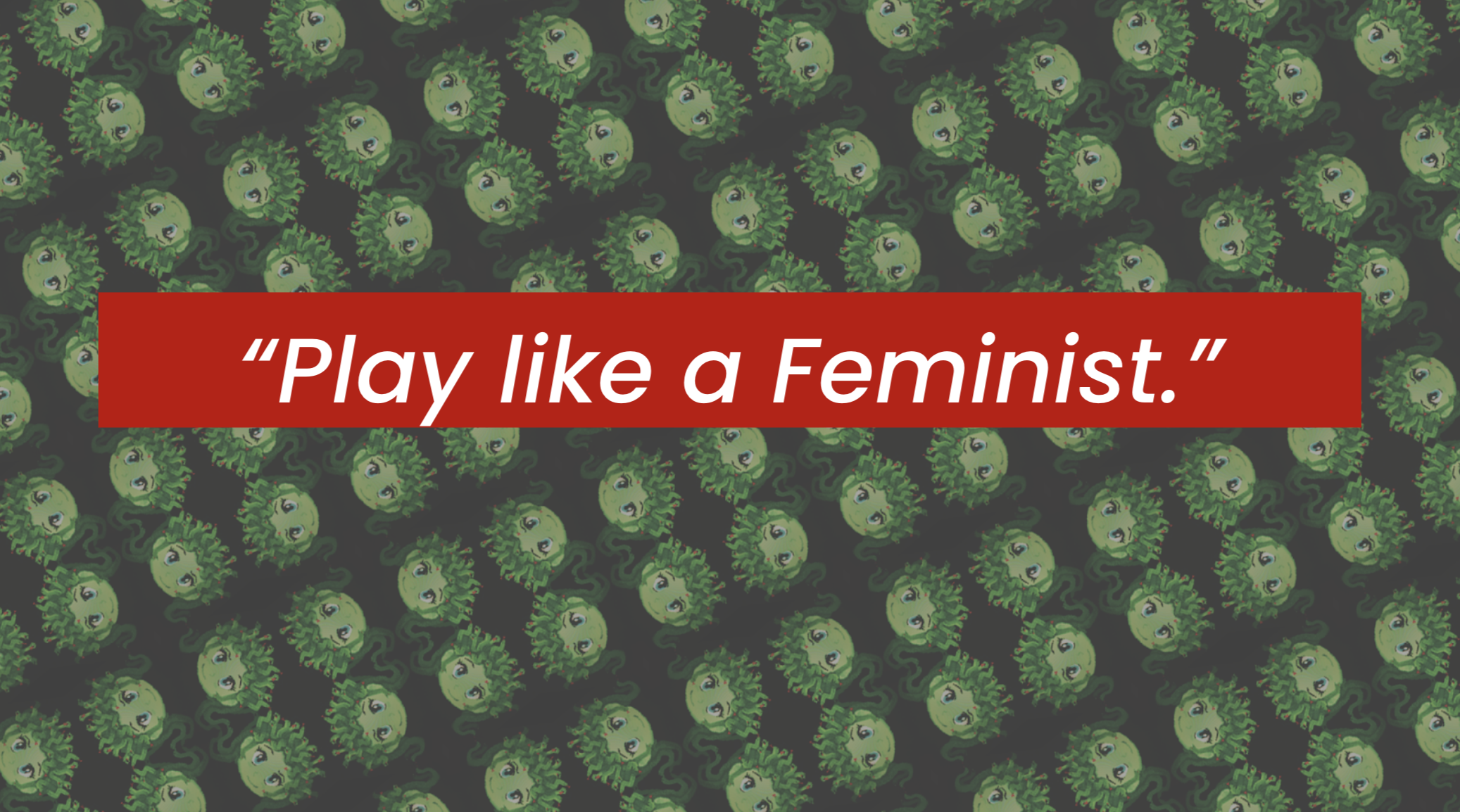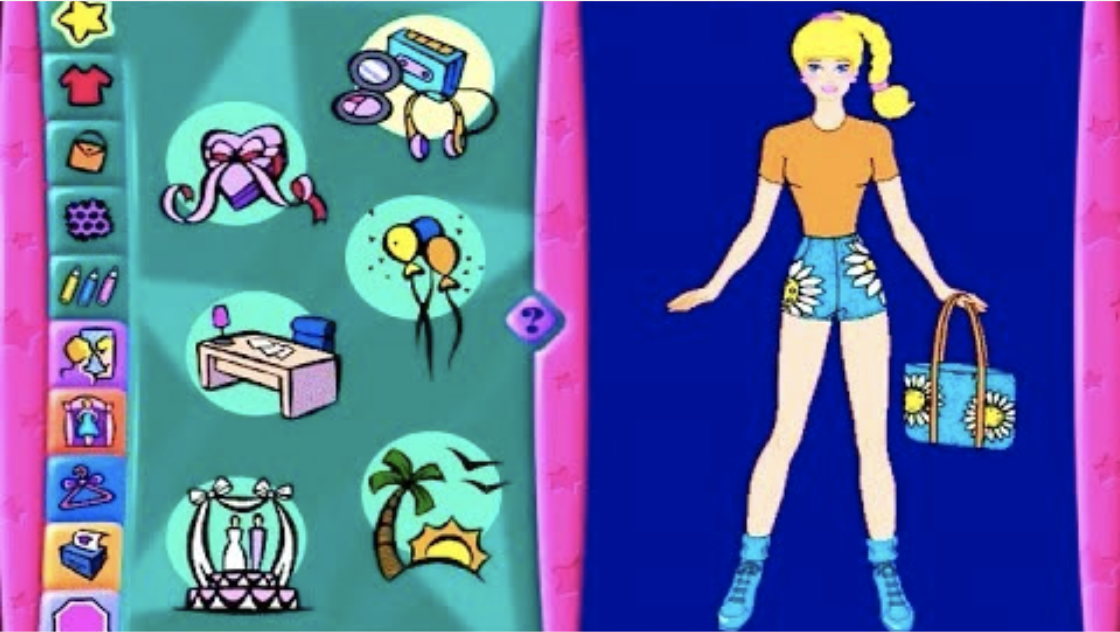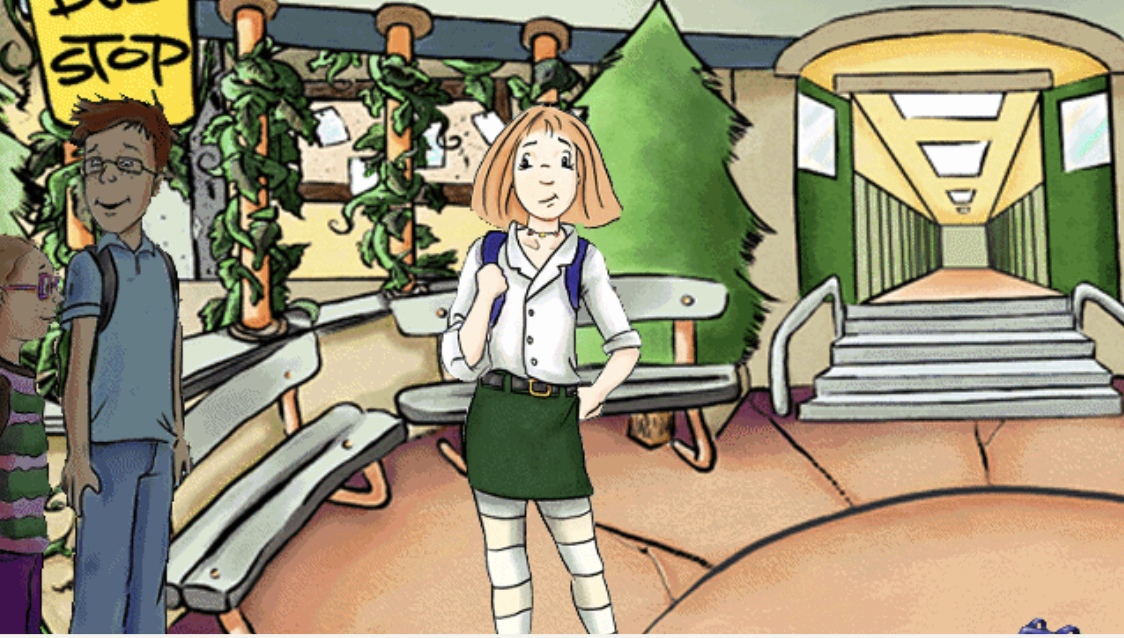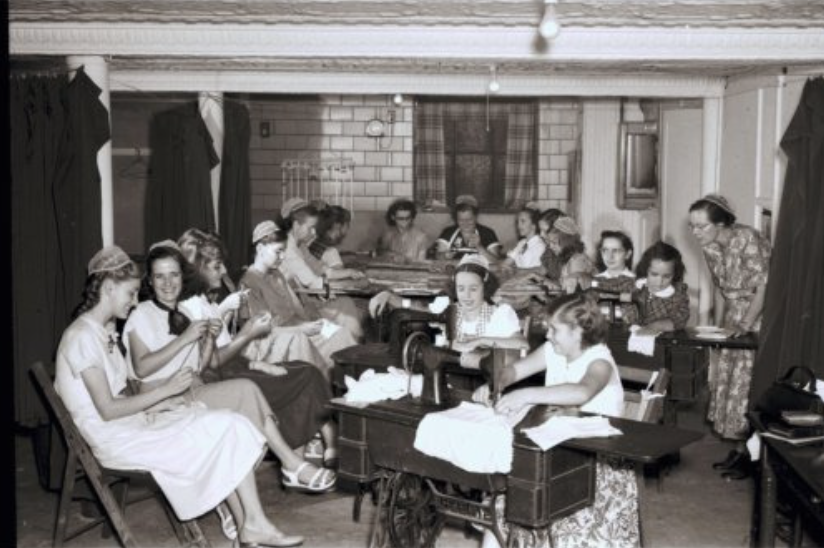Dr. Shira Chess is Associate Professor of entertainment and media studies at the University of Georgia. She’s the author of Play Like a Feminist, released in 2020 by MIT Press, and Ready Player Two: Women Gamers and Design Identity, out from University of Minnesota Press. Much of Shira’s research investigates how games are designed for and marketed to women audiences and the expansion of video games as a market. You can see more of her work at playlikeafeminist.com. We speak here about the imagined audience of the game industry, what playful protest might look like, and how gaming communities can draw from knitting circles.

How did you make your way into video games as an academic interest?
Almost 20 years ago, I was working on my master’s degree at Emerson College, and I had a professor who wanted me to write a feminist analysis of Grand Theft Auto 3. I had this visceral hate towards it to a point. I started asking this question. Why do I not like this? It was said to be the tail end of the girls’ game moments of the late 1990s. The core question of that moment was how do we get more girls to play video games? My response was, Well, what am I chopped liver? Why is it that nobody wants to know what would make me play more video games? What would make my mom play more video games?
At the same time, video games did start to focus more on women but I noticed that the play that was designed for marketing to women was deliberate and had specific stylistic tropes. I started studying that as this market was emerging, I looked at how games were designed and marketed and what that meant for our perceptions of leisure as a society. I wrote my book, Ready Player Two. It was a moment where I was rethinking my dissertation. Many game study scholars had written a lot on hardcore games with large epic narratives, big budgets. I was interested in these small games that nobody wanted to talk about. All the games that I had on my phone that I was referencing were so small, which was sad. This robust history of media is designed for women audiences, being largely ignored, being mocked by a larger culture—melodramas, soap operas, romance novels.
We tend to be condescending when we talk about media deliberately designed for an intended woman audience. This audience designed by the game industry pictures what a woman audience might look like and how they might play, not who the real lived identities of who plays. That said, we can have in-depth, focused narratives about women, but someone has to die first.

Historically, how did video games become a gendered practice?
Video games weren’t always a medium that was quite so gender-centric. Early games were largely gender-neutral. Although, currently historic book coin-operated Americans rebooting boyhood at video game arcades. It demonstrates that there was some good foreshadowing of where things were going even in arcade times. After the crash of 83, the industry began to lean into the specific audience, and you can see it within the design and the marketing. The Sega ads, the Nintendo knitting machine, the Barbie fashion designer—were some early points where people were trying to maybe see what it looked like to get more girls playing games. But by the late 1990s, many studies started noting that video games were a great entry point for getting girls into STEM careers in LG engineering, math careers. Games weren’t marketed to them except for those notable exceptions. In turn, many visionary feminist designers, began to think through what game design for girls might look like. In the 1990s, everything was still looked at in terms of specific gender binaries. However, it was the first real moment where people looked beyond the games that were happening at that specific moment to think about what video games could do and what they could be.
What do the interactions in those games look like? How did they build on the existing expectations of players in the video game space?
The Purple Moon games were significant at that moment because they were trying to deal with an effect in a way that games had not quite done so deliberately before that. That was an aha moment for a lot of people even though Purple Moon didn’t change the world at that moment. But it made many young women who later turned into game designers think about what could be emotionally resonant.


What has the rise of ‘casual games’ meant in terms of how that helped and hindered the visibility of women gamers?
Casual games both helped and hindered simultaneously. Early game publishers and developers like Big Fish and Play First showed that the market was there. There was money to be made and an audience desire, and it reminded creators and audiences alike that games could look like a lot of different kinds of things. These were the moments when non-traditional gamer audiences acknowledged it. That acknowledgment pushed the industry—it forced the industry to constantly think, rethink what it was doing. Time management and hidden object games from that period taught developers some important things about making a game in a completely different way, an essential moment in pushing the industry away from traditional console styles of Play. It also created a rupture and a division within the industry and the broader gaming culture. Many people play casual, but casuals were feminized in deliberate ways. You track this interesting evolution, where it goes from, Oh, well, women don’t play games, to, Well, women do play games. But those games aren’t popular. Now, women do play games. And those games are popular. The problem is that millions of women are entering this space that has been gatekept. Suddenly, they’re being told that the sales success of the week is somehow not assigned. There’s a bigger, broader market there—and also, these games are fun. It’s a strange thing to penalize casual gamers for having a good time.
How are you defining and approaching the term feminism?
I use the definition from Bell Hooks, the remarkable feminist thinker. She writes that ‘Feminism is a movement to end sexism, sexist exploitation and oppression.’ And I like the definition because it moves beyond waves and is specific, issue-based feminism. It’s about equality. I also like how Sara Ahmed puts it—’to live a feminist life is to make everything into something questionable. So, in other words, we’re here to 8 interrogate our own lives, our ideologies, and our baggage. We’re here to make ourselves uncomfortable. Now questioning, that questioning doesn’t necessarily mean abandoning immediately. It means thinking through and deciding where you stand in a way that isn’t dependent on inertia. Feminism is about inclusivity. It’s not just a movement for straight white women. It must always be inclusive of queer, non-white folks, those with disabilities, and other points of marginalization. I talk about women and femininity a lot in my book, but the quality I talk about does not need to align with binary notions of gender.


How did you see Play Like a Feminist being an extension of your previous work?
When I talked to people about video games, they were not players, and they were often dismissive. I would get these angry answers: “I don’t have time to play,” or, “I don’t like video games that are violent.” A shift started to happen after, where women would come over to me and ask for recommendations, or they would come back and talk to me about a recommendation that I had previously given, and specifically what I would talk about like more artful nine and literary games like Monument Valley. When they think about video games, many people still think that it’s either all Candy Crush or Halo that don’t understand that there are other things that the indie games movement that was happening said they don’t know about what’s good. There needed to be a broader conversation amongst feminists in general; about why it’s important to play more video games.
One of the more provocative things that you’re exploring in the book is this idea of play as an act of resistance. And you read this framework for thinking about that, play as agency plays empathy, and play as a community. Can you walk me through each one of those?
Play is always already an act of resistance, a form of resistance. Without resistance, Play would be untenable. It would be boring; it’s monotonous. I like to use the definition for Play from Katie Salen and Eric Zimmerman in their book Rules of Play. Their definition is free movement in a more rigid structure. This definition implies the interplay between freedom and rigidity. An act of Play necessitates freedom and rigidity. The free movement alone would not make for Play, and we just need to buck up against something and cause friction to be played.

From a theoretical standpoint, why would one want to invite more women into the world of games?
When I first started writing Play Like a Feminist, my goal was to try and get more women and feminists playing video games to create a better market and improve games. I’ve thought long and hard about this question. The answer is always because we belong here. There’s no way to disrupt a space if we’re unwilling to make ourselves uncomfortable at times. If we are going to change the culture of video games and change the public perception of mass media, we need to do so by getting more people to play. If we just don’t engage, then GamerGate won.
What do you think about the idea of play as a protest?
Hélène Cixous wrote this essay called “The Laugh of Medusa,” and she talks about feminism reclaiming laughter. She writes that Medusa isn’t a terrible monster—but in that, you only have to look at Medusa straight on to see her, and she’s not deadly. She’s beautiful and laughing. This hostility is laughter, rebelliousness, and fights against the gods and mortals that fucked her over. It said, “We don’t just hear the laughter out of our fear and out of our discomfort.” Medusa’s laughter is vital to feminists thinking and acting. In Play Like a Feminist, I reference all of this. I always had this image of a singular monster alone in a cave, chuckling to herself quietly, and there’s a sadness to that image. If we start to think about Medusa, if she’s laughing online, she’s not alone anymore; she can stare down the internet and wreak havoc with her laughter through networks. I like to think of Medusa typing furious tweets that mock the gods that abandoned her. Laughter is power, and Medusa knew how to weaponize it.
I talk in the book about the idea of playful protests; my feelings on this are complicated. Play still has a role in protest, but so does anger and screaming. In retrospect, assigning that Play can be easily accessible to all as a mode of profit protest is like being born out of privilege. Sometimes we need to yell, and sometimes, laughter is not an effective weapon. I still believe that there are times that laughter can be effective. Playful protest has its place. I also recognize that one can’t just replace the other and that not everyone can access or deploy playful modes of protest safely. Who gets to make jokes? Who gets to use laughter as certainly comes into a conversation that the protests are deadly serious for some folks. Others can find some pride amid a serious moment.

In the book, you speak about these gaming circles growing out of the sewing circle concept. What do you think Feminist Play might look like in these one-to-one interactions?
Leisure seems to be something that we dismiss. Leisure, to me, at least is necessary for a quality of life. I want to see more people as play evangelists. Play matters. Go out and find people in your life who don’t play video games. Go talk to your spouse and your parents, friends, co-workers, and children who need to play more! And not in a condescending way. Talk to them about their leisure time and help them experiment with inexpensive ways to try new games. Get people that you love to play more. It’ll both improve games and improve their lives. It will make the industry better. The more people playing it will make it more robust. The way that we do that is by supporting one another’s Play. The point with the gaming circles was to find a non-threatening space for people to experiment. A space where people can come to one another. Allowing people to talk through the discomfort will improve the larger game industry. I hope that everyone will get people to play more in their lives.










